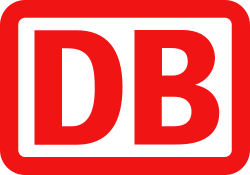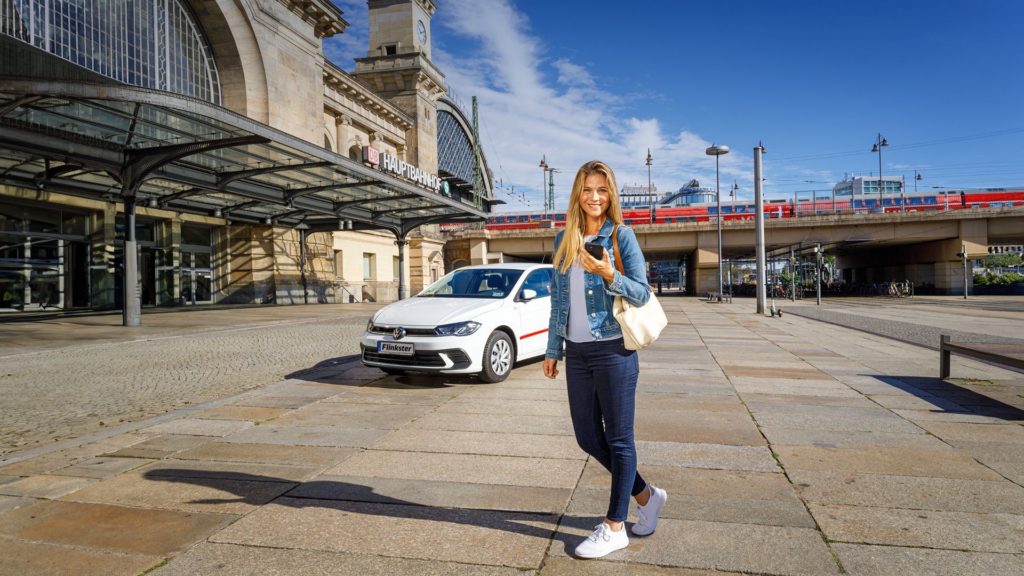
Welcome back for a new TOMP interview. After our interview with Lukas Böhm from evemo, we extended our stay in Germany and interviewed Jens Zeidler, who has been working at DB Connect as a software architect for more than 10 years. DB Connect is wholly owned by Deutsche Bahn and contributes to the German railways’ strategy to integrate new forms of mobility, such as bike sharing and carsharing, in both local and long-distance transport.
From their head office in Frankfurt-am-Main, DB Connect develops sustainable mobility solutions for cities, municipalities, companies and private customers. With its car and bike sharing services as well as a mobility budget solution, DB Connect aspires to connect rail and road in a flexible and climate-friendly way. In this interview, we explore how the TOMP-API contributes to achieving this goal.
Welcome, Jens! Many people outside of Germany are not familiar with DB Connect. Can you briefly explain what your company does?
We are associated with Deutsche Bahn AG and provide full-service mobility solutions for cities, municipalities, companies and private customers. Our products include bike sharing systems like Call a Bike, the car sharing system Flinkster as well as a mobility budget solution, Bonvoyo, that combines mobility with payment and allows companies to provide their employees with an individual, flexible budget that suits their mobility needs.
How did your organisation discover the TOMP-API and why did you decide to adopt this standard?
We did web research and TOMP was also recommended by our B2B-partners. We plan to use the standard to integrate our bike sharing systems into other MaaS-applications.

What challenges did you face when implementing TOMP? How can we help you to overcome these challenges in the future?
One of the main challenges we have faced was aligning our specific requirements with the TOMP standard to fully meet our needs. While TOMP covers about 90% of the use cases, there are still some areas where we struggle with the remaining details. TOMP’s flexibility allows for multiple implementation approaches to the same problem, which is why expert guidance on the most appropriate option for our situation is invaluable.
Additionally, we prioritise using TOMP’s standard attributes to document and describe our API clearly, rather than relying on ‘meta’ fields as a workaround. Although meta fields can sometimes suffice, they are not the ideal approach for long-term solutions. We often see multiple ways to implement within the standard and frequently need expert insight to understand the best practice and how other transport operators handle similar scenarios. Therefore, the support of the TOMP Working Group and the GitHub community is crucial for ensuring our business cases fit seamlessly into the standard or, when necessary, help us extend it.
DB Connect is one of the key players in the German MaaS ecosystem. How do you see this the market evolving in the near future?
We are observing a clear trend towards greater standardisation across the market. Many cities and public entities that implement MaaS are increasingly adopting common standards such as TOMP and GBFS. These frameworks facilitate the integration of transport operators, significantly lowering implementation costs. Furthermore, we see a growing demand for flexible mobility solutions, such as mobility budgets. One of our products, Bonvoyo, is an example of this innovation, seamlessly connecting mobility with payment solutions, further highlighting the evolution of MaaS in addressing both user convenience and operational efficiency.
Common standards such as TOMP and GBFS facilitate the integration of transport operators, significantly lowering implementation costs.
To conclude, Jens: Imagine that you had unlimited resources and influence. What would be your vision for the shared mobility ecosystem, and how could TOMP support this goal?
My vision would be for a broader adoption of open-source standards like TOMP within the MaaS ecosystem, creating a shared understanding and universal language for mobility partners. This would foster seamless collaboration across various transport operators. The TOMP Working Group could accelerate this by providing more example-driven solutions tailored to each type of mobility provider, such as detailed diagrams and sample code for bike sharing versus car sharing. Edwin van den Belt, one of the driving forces of the TOMP WG, has provided useful contributions on the GitHub community and through his book. These have been invaluable resources for our efforts!
Thank you very much Jens for having shared your insights with us. It is a pleasure to see that the TOMP-API helped in developing DB Connect’s business activities.
Ghent / Frankfurt-am-Main (DE), October 2024
This interview was made possible with the support of the Interreg North Sea Region Programme and the Province of Oost-Vlaanderen (Belgium) as part of the Interreg ShareDiMobiHub project.

